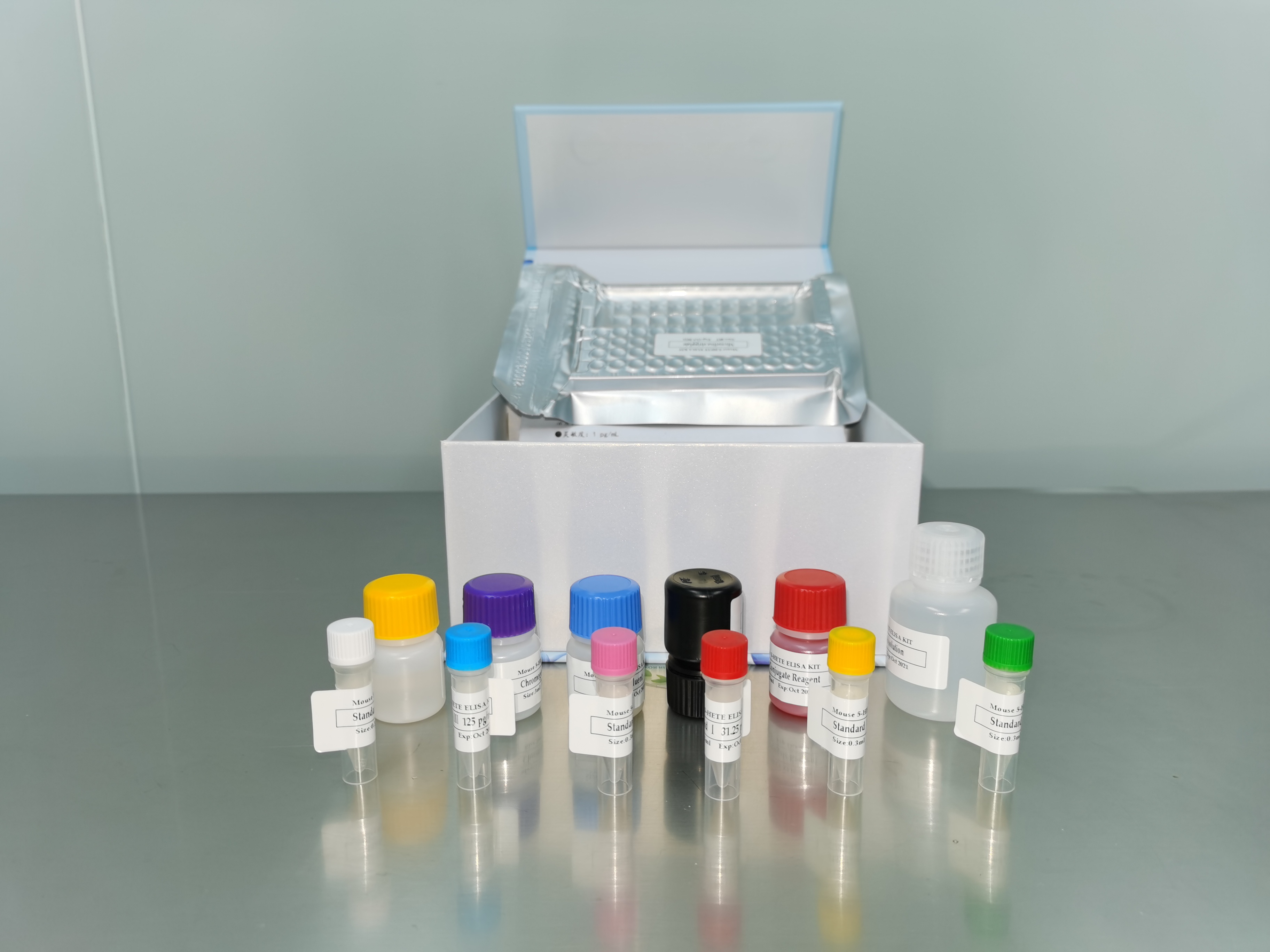| 产品名称: | Caraparu virus |
|---|---|
| 商品货号: | TS136585 |
| Classification: | Bunyaviridae, Orthobunyavirus |
| Deposited As: | Apeu virus |
| Agent: | Caraparu virus |
| Strain: | Be An 848 |
| Common Name: | Caraparu virus |
| Applications: | HA produced (Opt. |
| Biosafety Level: | 2
Biosafety classification is based on U.S. Public Health Service Guidelines, it is the responsibility of the customer to ensure that their facilities comply with biosafety regulations for their own country. |
| Isolation: | Serum from Cebus apella, female, adult, Brazil, 1955 |
| Product Format: | freeze-dried |
| Storage Conditions: | -60°C |
| Comments: | HA produced (Opt. pH 6.0, 27C). Most closely related to Caraparu by HAI and NT, and to Marituba by CF. |
| Effect on Host: | Causes death in host animal |
| Recommended Host: | suckling mouse; HeLa cells (ATCC CCL-2); Det-6; HEp-2 cells (ATCC CCL-23); human embryonic intestine cells; monkey kidney cells; BHK-21(C-13) cells (ATCC CCL-10); |
| Growth Conditions: | Incubation: 1 day |
| Name of Depositor: | RE Shope |
| Special Collection: | ATCC |
| Source: | Serum from Cebus apella, female, adult, Brazil, 1955 |
| Year of Origin: | 1955 |
| References: | Casals J, Whitman L. Group C, a new serological group of hitherto undescribed arthropod-borne viruses. Immunological studies. Am. J. Trop. Med. Hyg. 10: 250-258, 1961. PubMed: 13691233 Causey OR, et al. The isolation of arthropod-borne viruses, including members of two hitherto undescribed serological groups, in the Amazon region of Brazil. Am. J. Trop. Med. Hyg. 10: 227-249, 1961. PubMed: 13691675 |


